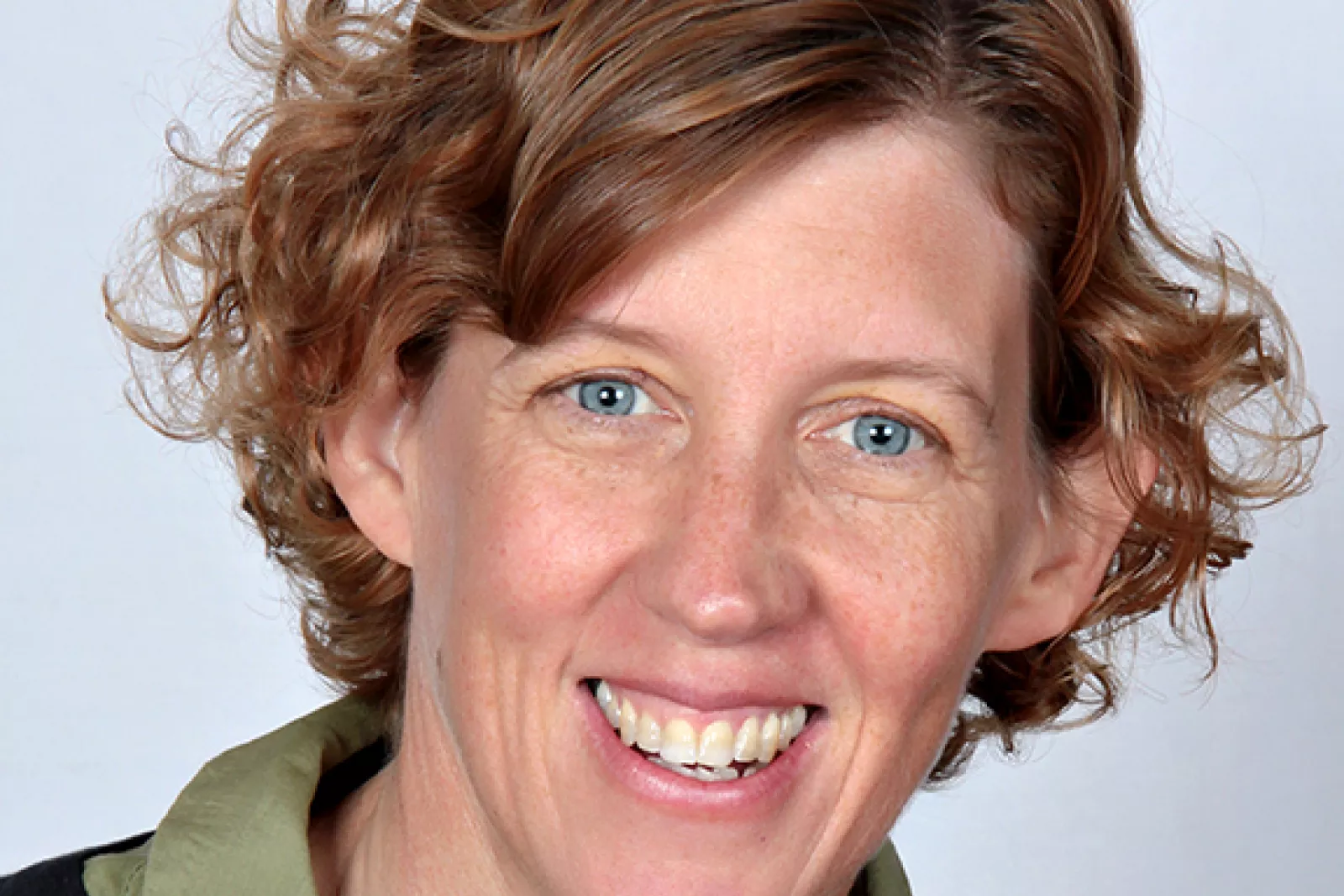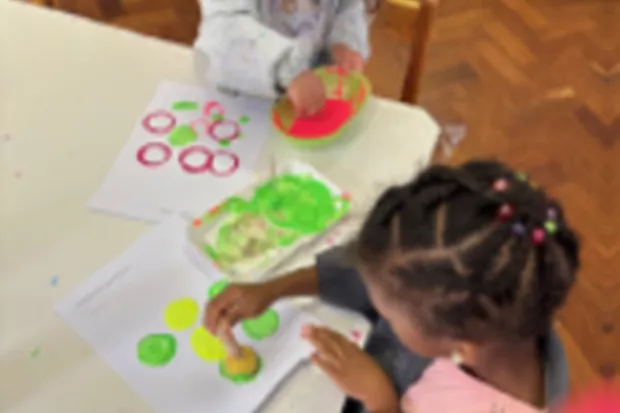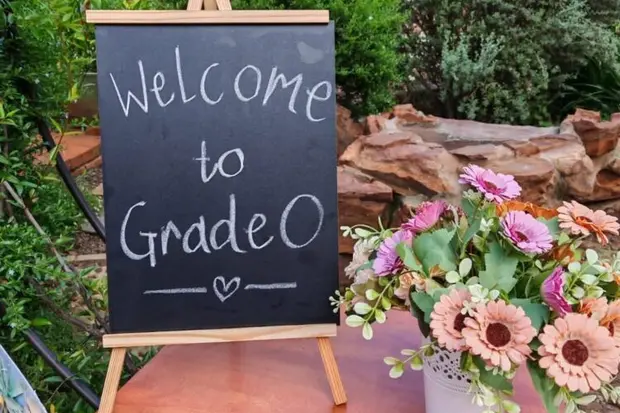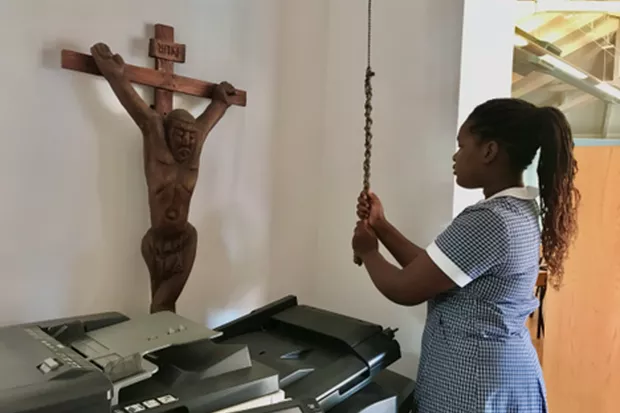From the Junior School head's desk: 31 March 2023

Earlier this week, a group of St Mary’s staff members took part in a preliminary meeting with one of our neighbouring schools to see how we could partner with them in everything from reading and Maths initiatives, to feeding schemes and playground equipment. Listening to our colleagues from down the road speak about the daily obstacles they encounter teaching children in overcrowded classrooms with little to no EdTech support and very limited scope for co-curricular activities led to practical discussions on where we could be of assistance: how could we, our teachers and children, be of use?
Our conversation turned to how we could support the systems the teachers had in place at the school and work with the knowledge in the room to supplement what they were doing already. We discovered that, like us, the school was busy with a building project; while they were waiting for a new classroom to be completed, their library was serving as a temporary teaching space and all the books had been packed away. I could tell from the teachers’ scattered comments that they had little expectation of this arrangement changing, and that the loss of their library – the children’s access to books, information, and a culture of reading and learning outside the classroom – could be permanent.
In this, they are by no means unusual: a decade ago, a National Education Infrastructure Management System (NEIMS) report showed that only 21 per cent of South African state schools had libraries, seven per cent had stocked libraries and 79 per cent had no library at all. Reports and surveys on libraries across the United Kingdom reveal a similar trend – according to an online Independent News article published in 2019, “Around one in eight schools do not have a designated library space – and those with a higher proportion of poorer children are more than twice as likely not to have one. Primary schools are less likely to have a library than secondary schools, and often libraries are being used as classrooms or meeting rooms rather than for reading.” Reacting to the report, Cressida Cowell (author of the popular How to Train Your Dragon series) described “the inequality in library provision” as “a social mobility time bomb. Nobody has yet answered this question for me: if a child’s parents cannot afford books, if there isn’t a library in their school, and they don’t have opportunities to visit a public library, how on earth can they become a reader for pleasure?”
Schools in the US face similar challenges with research showing that the future of school libraries, and librarians, even at better resourced schools, is far from secure. Reductions in professional staffing and the erosion of budgets for resources and technology threatens what Jim Neal, university librarian emeritus at Columbia University has called “the ecology of educational, research, and community services” that constitutes a functioning library - overseen and maintained by a dedicated librarian.
As our book month draws to a close, we would do well to extend our celebration of reading and books to include an explicit acknowledgement of the value of our libraries and librarians across the school – Ms Elk, Mrs Johnstone, Ms Mbongwa and Mrs Murewa – and the way they enrich our lives on campus. My thanks, also, to the parents who have assisted us with the renovation of our Little Saints library, who have contributed to our book collection for community libraries beyond our school gates, and who encourage and support their children’s use of the libraries we are fortunate to have access to at St Mary’s. “If you do not value libraries then you do not value information or culture or wisdom. You are silencing the voices of the past and you are damaging the future” (Neil Gamain, Why our future depends on libraries, reading and daydreaming).
SARAH WARNER
JUNIOR SCHOOL HEADMISTRESS
Related News

Little Saints News

Grade 0 News

Grade 7 News
